#financing
Subprime Madness: Shotguns Now Accepted As Car Loan Down Payments
Anyone looking for an anecdote illustrating the QE-fueled madness that is subprime auto lending, take a look at this Reuters report on what constitutes a down payment in the subprime world.
And still, though Nelson’s credit history was an unhappy one, local car dealer Maloy Chrysler Dodge Jeep had no problem arranging a $10,294 loan from Wall Street-backed subprime lender Exeter Finance Corp so Nelson and his wife could buy a charcoal gray 2007 Suzuki Grand Vitara.
All the Nelsons had to do was cover the $1,000 down payment. For most of that amount, Maloy accepted Jeffrey’s 12-gauge Mossberg & Sons shotgun, valued at about $700 online.
Sub-Prime Auto Financing, Loan Terms On The Rise
Long-term auto loans, leasing and sub-prime financing all saw increases year-over-year from 2011 to 2012, according to a report by Experian, a consumer credit rating agency. While typically a dry and detail-oriented subject, the area of auto financing gives us some insight into the nature of the new car market and even the economy itself.
Auction Monday: All! Hail! Mary!
When you have 120 dealers looking at the same exact car on a Monday morning, you have three options if you plan on buying a car.
1) Bid
2) Watch
3) Leave
After I saw a 2003 Infiniti FX35 with 220,558 miles sell for $9100 plus the auction fee, I left for good.
Monday Mileage Champion: Saturnalia
I told you that I would report back to the TTAC faithful when something new came up.
Well, for quite a few weeks there has been the usual distribution of dominance when it comes to high mileage cars that are curbed by their owners. 70% to 80% of the vehicles in the Top 25 of trade-ins mileage wise (out of 6000+ a week) were either Ford and Chevy trucks, Honda cars, or Toyota anything.
This week the streak is broken. Thanks to two Saturns which managed to cross the 400k mark.
Hammer Time: Repo Pro, Repo No!
“Aaahh Steve? My rig caught on fire.”
At first I thought about oil rigs in the Gulf of Mexico engulfed in an endless torch of black smoke and molten metal.
Then I realized that the repo driver was talking about his own truck. In all my years of dealing with repo companies, I had never known an auto recovery company, big or small, that was neglectful enough to turn their money maker into an ashen shell.
Before noon I would be awakened by another surprise.
QOTD: How Can You Minimize The Cost Of Keeping A Car?
Whether you drive a $30,000 or a $1,500 a car, one variable in life stays constant.
You want to minimize your costs.
Have You Ever Said Goodbye To… A Money Pit?
A 1995 Volvo 960. Supple leather that made long trips easy. Great safety and visibility. It represented what I thought would be the perfect family car.
I financed it quick enough. But then the troubles began.
Hammer Time: The Tough Choice
First the guy called. Then his wife. Then the repo driver.
The truck had been out in front of their house for nearly a half hour. Lights flashing. Neighbors peeved, and humiliation aplenty.
“Steve, I can get both cars. What do you want me to do?”
Long-Term Car Loans Rising In Popularity North Of The Border
Canadians have some of the highest household debt levels in the world, thanks to cheap mortgages and home equity credit lines. And car loans are next.
Treasury Won't Sell GM Until Stock Improves. GM To The Rescue?
Bloomberg reports that a “person familiar with the matter” says the US Treasury won’t sell its remaining stake in GM as long as the automaker trades below its $33/share IPO price. Previously the government’s auto team had said it would not try to “time the market” and our analysis showed that the Treasury was likely to sell sometime late this Summer. But it’s been months since GM spent more than a few days above its IPO price, indicating that Treasury may be waiting considerably longer if the IPO-price floor is set in stone. And with $36.5b in cash equivalents on hand and only $5b in debt, GM’s $45b market cap is hardly encouraging… especially with investors waiting for The General to match Ford’s profitability levels. Heavier discounts mean a lower operating profit for GM in the US market, and the first quarter shows a $1b swing in pricing between the two firms (with Ford improving $700m and GM dropping $300m) according to Bloomberg. Lower finance earnings are also holding The General back relative to Ford. So, what’s GM’s response?
New or Used: A Prius Seller's Market?
TTAC Commentator gman37 writes:
Steve and Sajeev: I was hoping to pick your brain for a second regarding the used Prius market right now. Help a Hammer Time follower out! I own a 2010 base Prius (Model II), and I have been seeing listings at local dealerships for base model Prius’s (????) selling for 3-4K above new MSRP prices. For instance there is one with 15K on the clock selling for 27K, when new the MSRP was around 24K.
Is this actually occurring right now or are these people out of their minds? My wife and I were debating on selling it and buying a cheaper car with a smaller payment if we could actually make a decent profit on it. On the other hand, 50 MPG in the era of $5 a gallon gas is pretty great. Its a gas! Thanks for your time.And Sajeev, I always wanted a Mercury Marauder!Car Buying, China Style: No Credit, No Problem
As China’s car market no longer delivers the obscene growth rates it used to deliver (pretty hard when you compare with prior-year months where car sales jumped nearly 100 percent), carmakers are looking for clever ideas to light a fire under their Chinese sales. They all come up with the same solution: Attractive loans.
But nobody wants them.
Automakers Push Financing As China Market Growth Slows
Some of the world’s biggest automakers are relying on continued strong growth in the Chinese market in the face of sluggish US and European sales, but those plans are facing a challenge as Chinese sales have slowed this summer. Total vehicle sales grew 14.4 percent over July 2009 levels last month (sales grew 70 percent year-over-year in July 2009), the lowest rate of growth the Chinese car market has seen since March of last year. China’s government is doing its part, instituting a $443 subsidy for cars with 1.6 liters displacement or less in the beginning of July. But that doesn’t seem to be helping much, as the percentage of cars with 1.6 liter engines or smaller actually declined last month. What’s a growth-addicted automaker to do (besides slash prices)? The same thing they do in every other market: extend credit in hopes of boosting sales and upselling customers on more expensive cars.
Desperately Seeking Subprime: White House Admits GM's IPO Dash Hurting Ally's TARP Payback
The WSJ [sub] reports that GM is officially looking outside of its former captive finance arm Ally Financial (formerly GMAC) as it seeks more subprime loan deals to drive sales volume ahead of its IPO. GM execs tell the WSJ that The General could do even better with an in-house finance arm, but that these deals will help. And, according to Experian Automotive’s Melinda Zabritski, GM needs the help because
By not financing [subprime] consumers, they are locking out about 40% of the U.S. population
GM’s restructuring consultants AlixPartners add that loyalty improves for customers who buy using a captive lender. The downsides? Higher default risks, the temptation to overload on incentives, and then there’s one more biggy…
Chinese Lease Special: Only $1,860 Per Month!
Whenever the insane growth rates of Chinese car sales come up, there is one inevitable comment: ”Wait until credit tightens. Those sales will come crashing down.” My (in the meantime canned) answer: “China isn’t America. In China, people usually buy their car with cash. Financing is rare. Leasing highly uncommon.” Apart from being smart not to pay interest on a depreciating asset, the Chinese have all reason not to lease. Case in point: An email I received today.



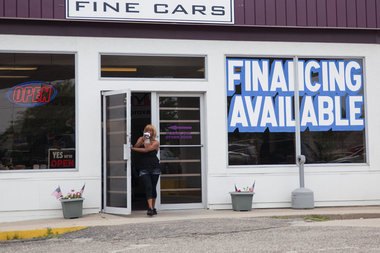

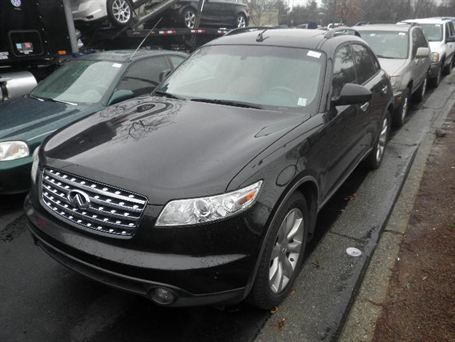



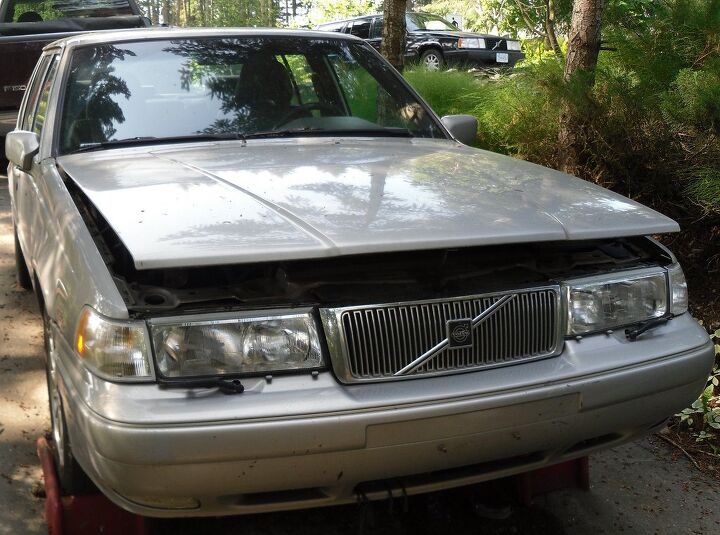


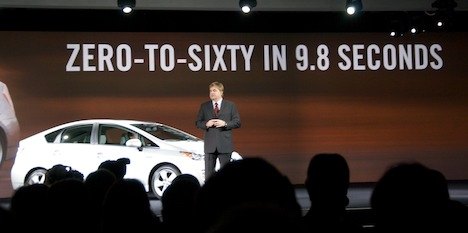



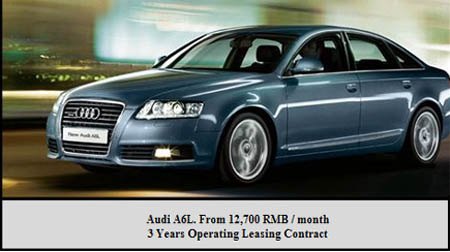












Recent Comments